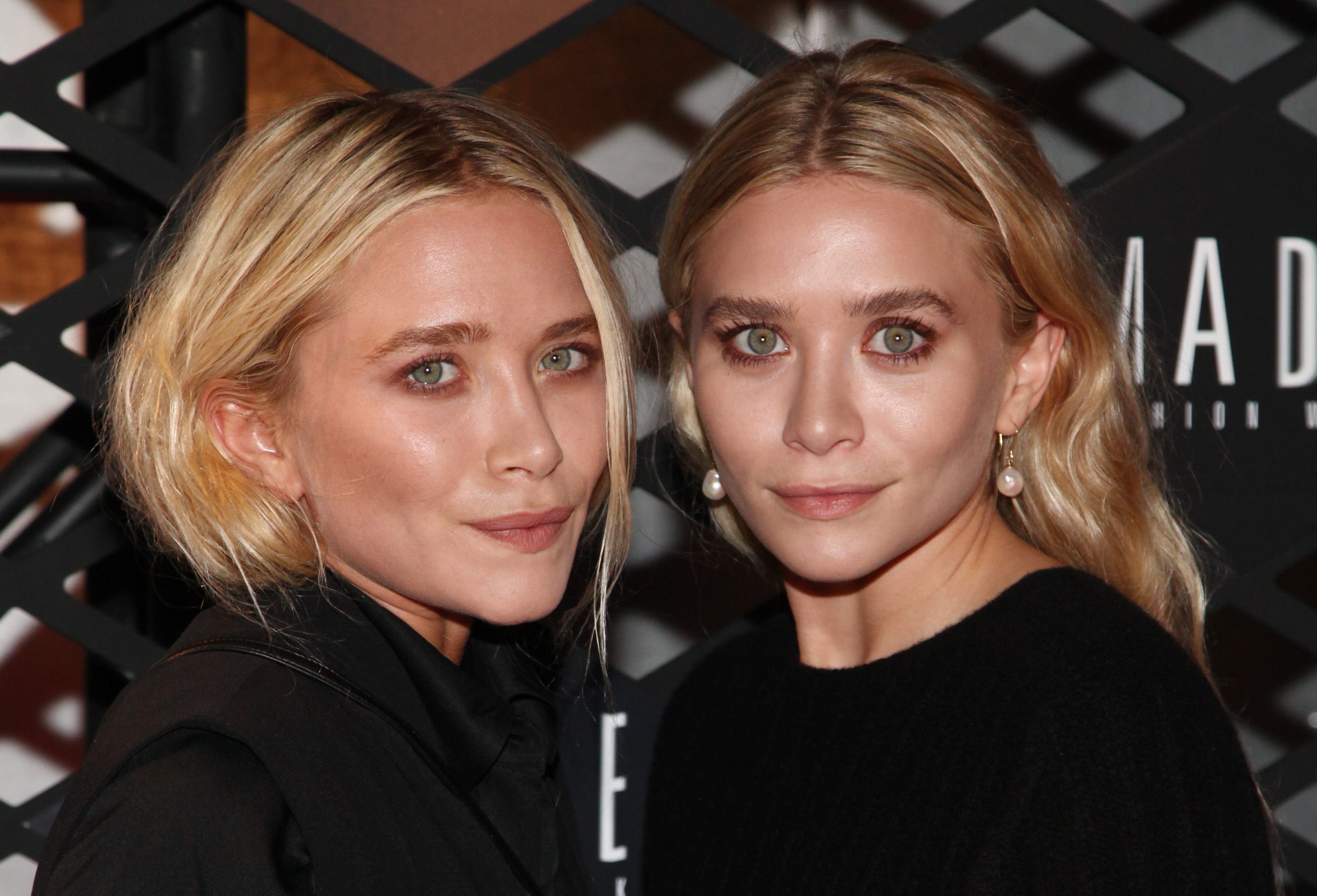From Mary-Kate and Ashley Olsen to Dylan and Cole Sprouse, millennial audiences grew up in the golden age of the celebrity twin. But while plenty of millennials are twins, not nearly as many are giving birth to their own dynamic duos. Per the Wall Street Journal, a new report from the U.S. Centers for Disease Control and Prevention found the rate of twins born in the U.S. dropped 4 percent from 2014 to 2018, down for the first time in decades.
Researchers suspect the decline may be due in part to advancements in fertility treatments that have made multiple births a less common side effect of reproductive procedures. Prior to the recent decline in twin births, the nation had been in a decades-long twin boom beginning around 1980, right around the time assisted reproductive technology was also seeing a rise in popularity. According to WSJ, the rate of twin births shot up 79 percent between 1980 and 2014, so the plethora of twin child stars dominating pop culture in the 90s and early aughts wasn’t any coincidence after all.
While some Olsen twin superfans may be inclined to lament the end of the twin boom, experts actually say it’s a good thing, since multiple births are associated with increased maternal and fetal health risks. Mothers of twins face a higher risk of conditions including diabetes, high blood pressure, hemorrhaging and postpartum depression, while twins tend be born earlier and smaller than other babies.
“Though the majority of twins are healthy, the risks are higher for them,” Dmitry Kissin, the leader of the Assisted Reproductive Technology Surveillance and Research Team at the CDC, told WSJ. “The reduction of twins in this case is a very good thing.”
Also, while the rate of twin births has finally seen a decline, twins are far from an endangered species. Even with the recent 4 percent decline, the rate of twin births today is still almost twice the rate in 1980, so we have many years of twinning ahead of us.
Subscribe here for our free daily newsletter.
Thanks for reading InsideHook. Sign up for our daily newsletter and be in the know.
